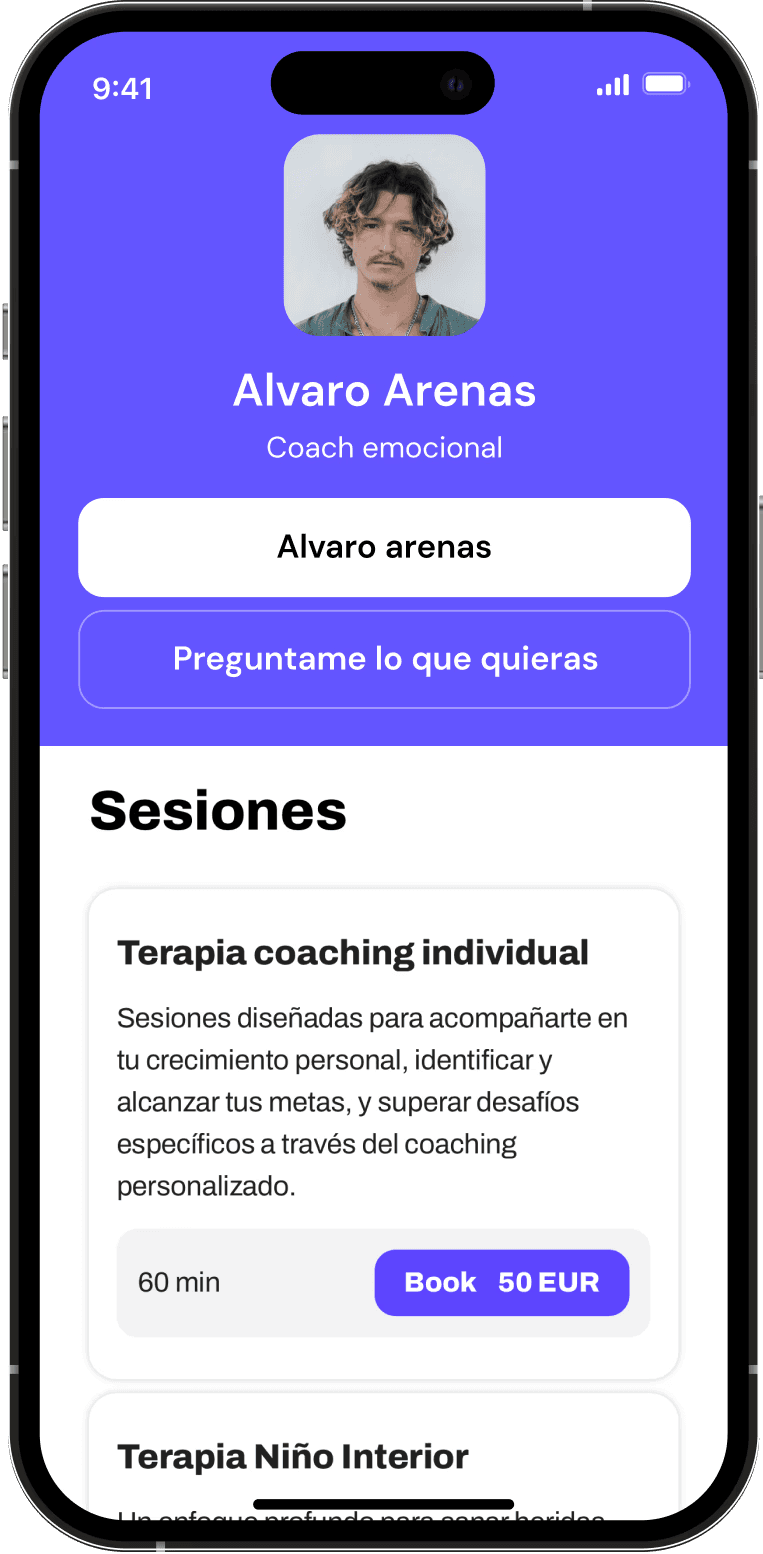Host online course and sell merchandise
10 nov 2024
freelancing

The digital age has revolutionized how we learn and shop. It's now possible to host an online course and sell merchandise from the comfort of your home.
But how do you get started?
This comprehensive guide will walk you through the process. We'll cover everything from choosing the right e-learning platform to marketing your course and merchandise.
Whether you're an educator, content creator, or entrepreneur, this guide is for you. It's designed to help you monetize your expertise and brand effectively.
So, are you ready to dive into the world of online courses and e-commerce? Let's get started.
Understanding the E-Learning Landscape
E-learning has exploded in recent years. As technology advances, more educators shift from traditional classrooms to online platforms. This shift offers both opportunities and challenges for those looking to host online courses.
Online learning offers flexibility and accessibility. Students can learn at their own pace, and educators can reach a global audience. However, the landscape can be competitive, with numerous options available for potential students.
To stand out, it's crucial to understand what makes an effective e-learning solution.
Some key features to consider when selecting a platform include:
Customization options to align the course with your brand
Interactive tools to engage learners
Analytics to track student progress and engagement
Staying updated on trends and technologies in e-learning is equally important. Innovations like AI-powered teaching assistants and virtual reality are reshaping how courses are delivered. By understanding these trends, you can enhance your online course offering and better meet your students' needs.
Choosing the right platform is a vital first step in hosting an online course. It affects every aspect of course delivery, from content creation to student interactions. With numerous options available, finding the right fit can be daunting.
Start by identifying your specific needs and goals. Consider the size of your course, your target audience, and any special features you require. These factors will guide your selection process and help narrow down the options.
Key factors to consider include:
Ease of use: Ensure the platform is user-friendly for both you and your students.
Customization: Look for options that allow you to tailor course appearance and functionality.
Interactive capabilities: Features like quizzes, discussion forums, and multimedia integration enhance learning.
Pricing model: Evaluate whether the platform's cost aligns with your budget and business strategy.
Many platforms offer free trials or demos. Take advantage of these to test usability and feature compatibility. This hands-on experience often provides insights you won't find in a feature list.
Finally, seek feedback from other educators who have used the platform. Online forums and reviews can be excellent sources of honest assessments. By considering both features and user experiences, you can make an informed decision that sets your online course up for success.
Creating Engaging and Valuable Course Content
Creating content that captivates your audience is crucial. Students should find your course both engaging and informative. A clear structure can guide them seamlessly through the learning process.
Begin by outlining your course. Break down the material into digestible modules or lessons. Each module should focus on a specific topic and provide clear learning objectives.
Incorporate various types of content to maintain interest. Text, videos, quizzes, and interactive elements cater to different learning styles. These diverse formats help keep students engaged and enhance understanding.
Ensure content quality by maintaining a student-focused approach. Always question the relevance of the material: Does it add value? Is it applicable? Feedback from previous courses can guide improvements and ensure that content remains valuable and up-to-date.
Lastly, consider pacing. Balance is key; material should be neither too overwhelming nor too sparse. Use assessments to measure understanding and adjust pacing as needed to suit the learners' needs.
Pricing Strategies for Your Online Course
Setting the right price for your online course is crucial for attracting students while ensuring profitability. Start by researching competitors' pricing to understand market standards. Analyzing similar courses can help you position your offering appropriately within the landscape.
Consider the value you provide. The depth of content, expert insights, and unique features contribute to a course's perceived value. It's important that the price reflects the quality and exclusivity of the learning experience you offer.
Offer various pricing options to cater to a broader audience. Consider tiered pricing, which provides different levels of access or added benefits such as exclusive content or live sessions. Discounts or special promotions can create urgency and boost enrollment. Ensure your pricing strategy aligns with your business goals and audience's expectations while enhancing the perceived value and accessibility of your course.
Marketing Your Online Course and Building an Audience
Marketing is vital to reach a wider audience and ensure your course's success. Start by defining your target audience. Understanding who can benefit most from your course will inform your marketing strategies and messaging.
Develop a comprehensive marketing plan. Utilize diverse channels like social media, email campaigns, and content marketing to raise awareness. Each platform offers unique benefits, so tailor your approach to suit each channel's characteristics and audience preferences.
Social proof is a powerful tool in marketing online courses. Encourage testimonials and reviews from early users. Positive feedback boosts credibility and attracts potential students by building trust.
Consider leveraging partnerships and collaborations. Collaborate with influencers or other course creators to expand your reach. These partnerships can open new audience segments and offer innovative marketing approaches.
Here are some effective marketing strategies:
Build an email list for targeted promotions and updates.
Utilize social media ads for targeted reach.
Create free content like webinars or blog posts as lead magnets.
Engage in online communities relevant to your niche.
Offer discounts or limited-time offers to attract early sign-ups.
Effective marketing is about building relationships with potential students. Engage with your audience regularly and provide value beyond the course itself. Over time, this approach builds a loyal community eager to learn from you, enhancing both your brand presence and course sales.
Integrating E-Commerce to Sell Merchandise
Blending merchandise sales with your online course can open new revenue streams. Start by selecting an e-commerce platform that aligns with your course portal. This integration ensures a seamless user experience when students transition from learning to shopping.
Choose merchandise that complements your course content and resonates with your brand. Think of items like branded apparel, useful gadgets, or even digital downloads. The right merchandise can enhance the course experience and connect students to your brand on a deeper level.
Print-on-demand services offer a low-risk way to manage merchandise without holding inventory. They handle production and shipping, allowing you to focus on marketing and course creation. This model minimizes upfront investment and adapts to demand effortlessly, ensuring your merchandise is available when needed.
Logistics of Merchandise Production and Fulfillment
Efficient logistics are crucial for a successful merchandise strategy. Consider the production timeline and work with reliable suppliers to ensure quality. Timely inventory management helps maintain a consistent supply without overstocking, keeping costs in check.
Fulfillment strategies should prioritize customer satisfaction. Choose fulfillment methods that suit your business size, whether it’s in-house or through a third-party service. Monitor delivery times and maintain clear communication with customers to build trust and ensure repeat purchases.
Setting Up Online Payment Processing
Implementing secure online payment options is essential for course and merchandise sales. Choose a payment processor with low fees and strong security measures to protect customer information. Popular choices include PayPal, Stripe, and Square, known for their user-friendly interfaces and reliable service.
Ensure a seamless checkout experience for your customers. The payment process should be fast, easy, and mobile-friendly. Provide multiple payment methods, such as credit cards and digital wallets, to accommodate diverse preferences. A simplified checkout process reduces cart abandonment rates, enhancing overall sales performance.
Legal Considerations and Protecting Your Intellectual Property
When selling courses and merchandise online, understanding legal requirements is crucial. Comply with regulations related to digital content and e-commerce. Research any necessary licenses or permits for your offerings.
Protecting your intellectual property is equally important. Use copyright and trademark registrations for your course materials and merchandise designs. Clearly state your terms of use to prevent unauthorized duplication or distribution. This ensures your content remains safe and uniquely yours.
Leveraging SEO and Content Marketing for Increased Visibility
SEO and content marketing are powerful tools for attracting a wider audience to your online course and merchandise. Optimize your website's structure and content to enhance search engine rankings. This involves using relevant keywords, crafting engaging headlines, and improving site speed.
Content marketing revolves around providing value beyond your courses and products. Share insightful blog posts, engaging videos, or informative webinars. This approach establishes your brand as an industry leader, drawing more visitors to your platform.
Consider implementing the following strategies to boost your visibility:
Keyword Research: Identify terms your target audience is searching for.
Quality Content: Regularly publish blogs or videos related to your course topics.
Backlink Building: Partner with reputable sites to link back to your content.
Together, these strategies can enhance your digital presence. With a solid SEO and content marketing plan, your courses and merchandise can reach new, engaged audiences.
Measuring Success and Scaling Your Business
To measure your success, track key performance indicators (KPIs) such as course completion rates, merchandise sales, and customer feedback. Analyzing these metrics helps you understand what's working and where improvements are needed. Use tools like Google Analytics to gain insights into visitor behavior and conversion rates.
As your business grows, plan for scalability by expanding your offerings and improving infrastructure. Consider introducing new courses, offering advanced modules, or diversifying your merchandise selection. Additionally, enhance your platform's capacity to handle increased traffic and ensure smooth user experiences. These steps are essential in building a sustainable, profitable online education business.
Conclusion: The Future of Online Courses and Merchandise Sales
The fusion of online courses and merchandise sales is set to revolutionize how educators, creators, and entrepreneurs monetize their expertise. By embracing innovative strategies and adaptive technologies, you can maximize revenue opportunities, engage your audience, and foster a thriving community of learners eager to invest in your brand.
Ready to start freelancing? Join Deskwing.io — free until you earn! Sell services and manage clients effortlessly with our all-in-one platform. Whether you’re looking to turn a skill into income or streamline your freelance business, Deskwing.io has everything you need.



